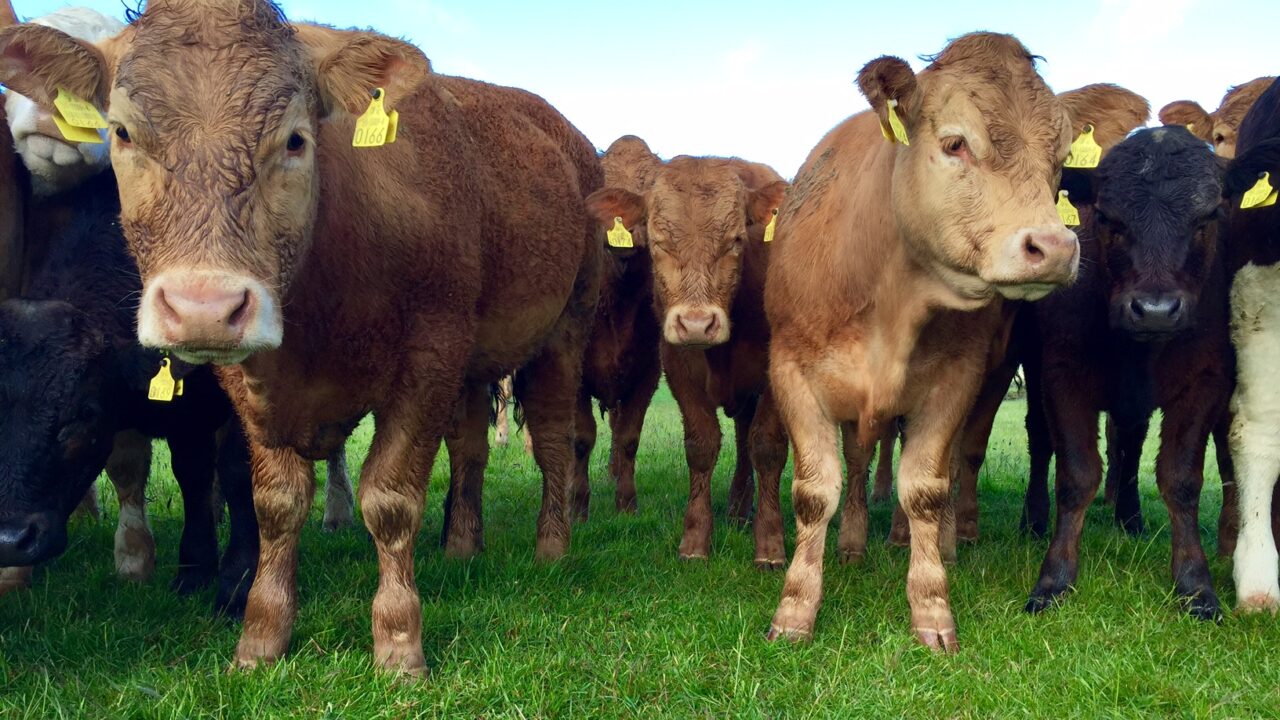The European Union cattle herd increased for the fourth successive year, according to the May/June cattle census.
But, the AHDB (the British body for meat and lamb) said that this trend may not continue given the downturn in both the dairy cow herd.
With regards to the female breeding herd, dairy cow numbers were down 0.5% in the census, their first decline since May/June 2011, figures show.
On the other hand, the sucker herd saw numbers actually increase by over 2%, meaning that total cow numbers were up by 2% on last year.
With the increased dairy cow cullings so far in 2016 and the decline of almost 4% in heifers over two years of age for breeding, a further drop in dairy numbers seems inevitable in the coming months, the AHDB indicated.
Changes in EU cow numbers
The small increase in total cow numbers was led by Ireland, Spain and the Netherlands, all of which recorded year-on-year increases of around 5%, figures show.
An increase of 8% in dairy cow numbers in Ireland was the main contributing factor to the climb in overall cow numbers, the AHDB outlined.
Total cow numbers were more stable in the three largest producers of France, Germany and the UK, the beef and lamb development board said.
Meanwhile, this contrasted with a reduction of almost 5% in Poland, where dairy producers are under severe pressure.
Overall, the fall in the number of heifer replacements in the EU could result in some downturn in total cow numbers by December, the AHDB stated.
Dairy heifer replacements are down by 15% and more in Ireland, Denmark, Spain and the Netherlands, according to census figures.
In the EU, the number of males one-to-two years were up over 2%, with both Ireland and Poland being the cause of this thanks to an increase in numbers of 11% and 8% respectively.
A downturn in cattle slaughterings in the EU eventually seems probable but possibly not before 2018 or even 2019, the AHDB outlined.
However, the AHDB indicated that any further growth in the smaller EU beef cow herd is unlikely to compensate for the inevitable further decline in the dairy herd.

